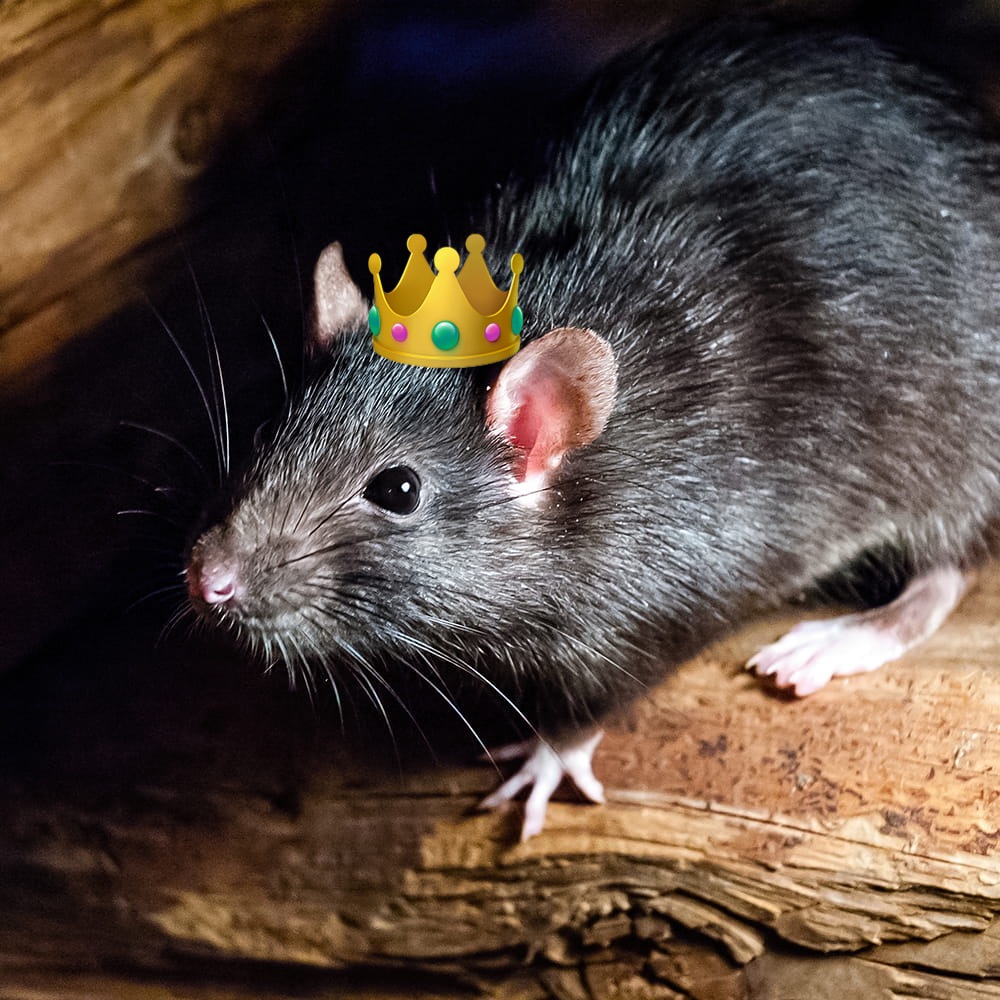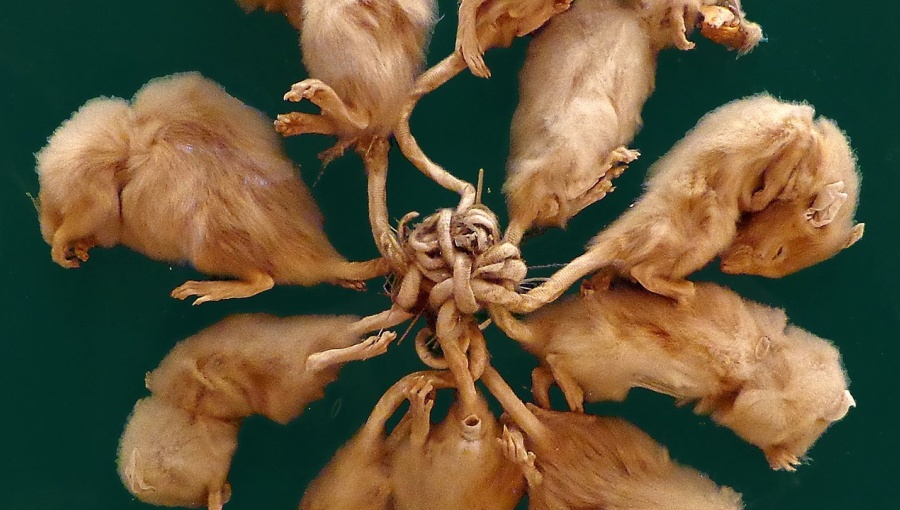Here’s a disturbing idea you may have come across in fiction; Rat kings. A group of rats with their tails twined together. The idea has sparked several horror novels and short stories. The two most famous are James Herbert’s novel ‘The Rats’, in which a super-intelligent rat king attacks and kills large gatherings of humans, and Terry Pratchett’s ‘The Amazing Maurice and his Educated Rodents’, with a villainous rat king called Spider masquerading as a man.
Like a lot of Pratchett’s work, the fiction is based on a grain of fact. Rat kings do exist. They are groups of juvenile rats with their tails so tightly entangled that they are unable to move away from each other. The good news is that they are rare, and that they are not a threat to anyone except themselves, as the young rats are unable to move freely or feed themselves, let alone attack people.


How rats get themselves so entangled is still a mystery. Rats use their tails to help them balance and to regulate their temperature, so possibly the young rats in their nest wrapped their tails around the others’ tails for warmth or through instinct. In many cases, the entangled tails are glued together with sap or blood, or held together by strands of horsehair or fur, and in one case the base of the rats’ tails had calluses – showing that the rats had struggled for a long time to free themselves.
There are examples of rat kings preserved in several museums all over the world. The largest is in the Museum Mauritianum in Altenburg, Germany, with 32 young rats in the group, and the most recent was found in Estonia in 2005 and is now displayed in a museum in Tartu. I have never found a rat king myself, and I can reassure you that I won’t spend my time on a callout trying to knit a nestful of young rats together. Terry Pratchett’s theory about bored rat-catchers tying tails for mischief is nothing more than an excellent piece of fiction.

